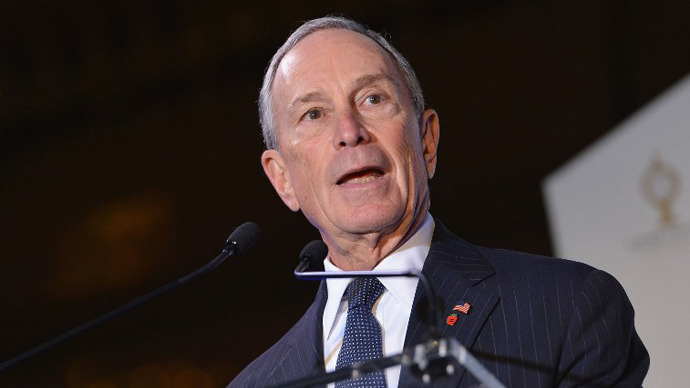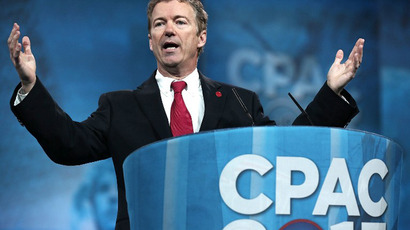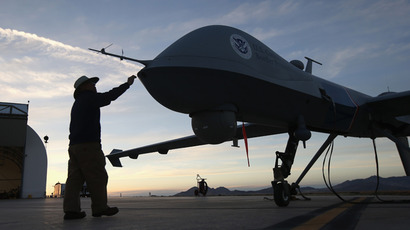Bloomberg on drones over New York: 'Can't keep tides from coming in'

New York Mayor Michael Bloomberg has indicated that the appearance of drones over the city’s skyline is all but inevitable. During a Friday radio appearance, the mayor equated NYPD drone use with the city's ubiquitous surveillance cameras.
Bloomberg was asked by host John Gambling for his thoughts on drones in the hands of the NYPD, to which he replied, “it’s scary, but what’s the difference whether the drone is up in the air or on the building.”
The comments seem to equate unmanned aerial vehicles with the traditional surveillance cameras already mounted on buildings throughout the city for closed-circuit networks and the traffic-enforcement cameras operated by the NYPD. Still, the fact that the mayor insinuates that UAVs are 'scary' seems to belie the fact that surveillance technology is reaching a level beyond that of stationary cameras.
As early as 2011, a US Air Force Predator drone was used by North Dakota police to assist in an arrest. Meanwhile, drones are also slowly becoming a mainstay of border control by US Customs and Border Protection. Though their capabilities can vary widely, many models already deployed by government agencies carry sophisticated technology, including high-resolution cameras, heat sensors and radar.
In addition to drones, Bloomberg also mentioned face-recognition
software, which is now often tied in to camera systems to quickly
identify suspects based on biometric data or even help law
enforcement predict crime in certain contexts:
“You're gonna have face-recognition software. People are
working on that. ... You can't keep the tides from coming in. We're
gonna have more visibility and less privacy. I don't see how you
stop that," Bloomberg said.
With a number of privacy advocacy organizations already involved
in the debate over domestic use of surveillance drones, Bloomberg
may be unwittingly wading into deeper waters than he
realizes.
The Electronic Frontier Foundation (EFF), for one, sued the Federal Aviation Administration in 2012 in order to determine what public and private entities had requested permission to use drones within the US.
Information provided by the FAA as a result of the EFF suit revealed that police departments around the country are looking in earnest to deploy drone technology. The agency estimates that by 2020 some 30,000 drones could be hovering over the US.
To his credit, the mayor admitted in the interview that the
government use of technology like surveillance drones and facial
recognition were an issue “that society really has to think
about, and not by writing a quick piece of
legislation."














